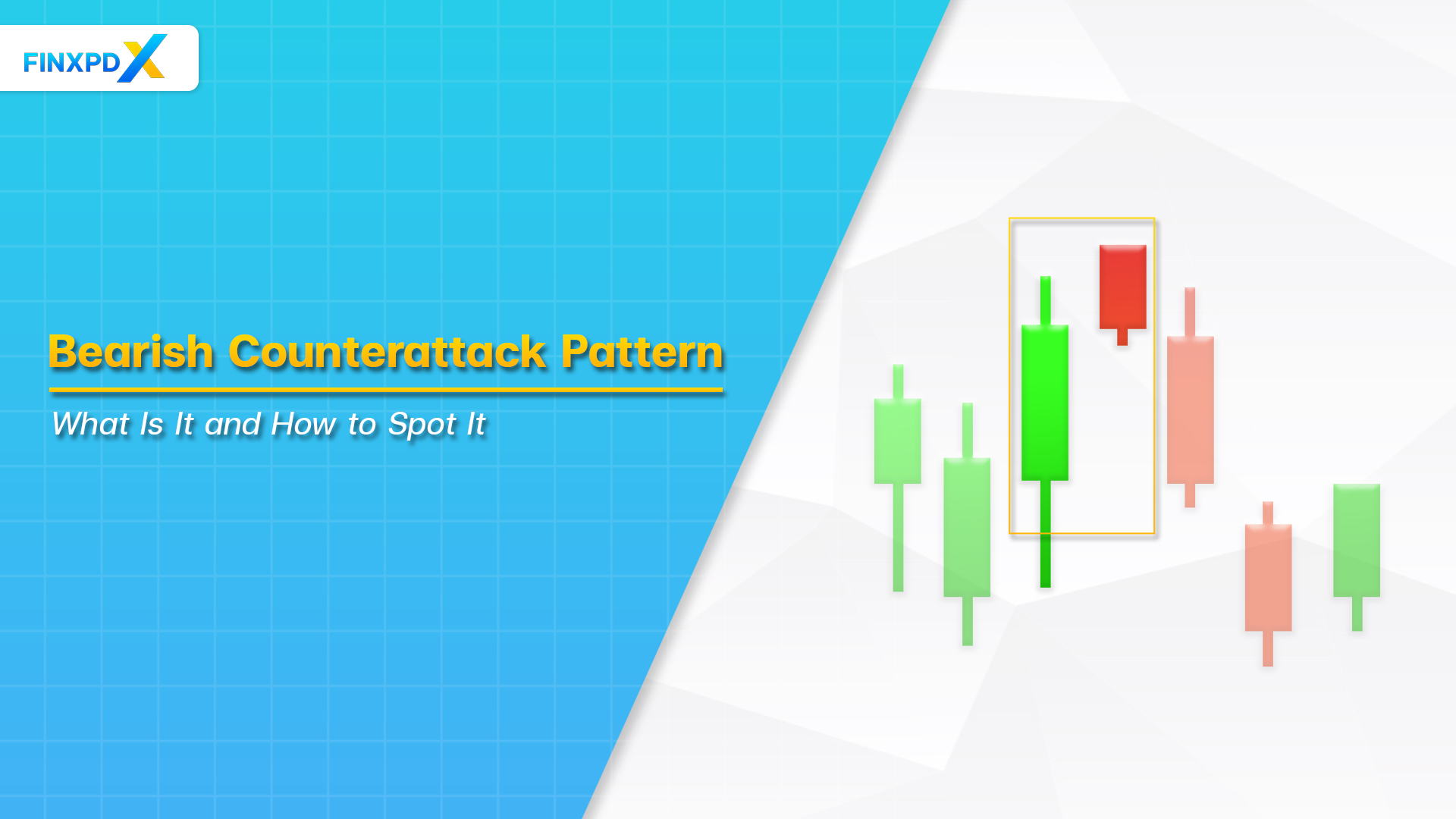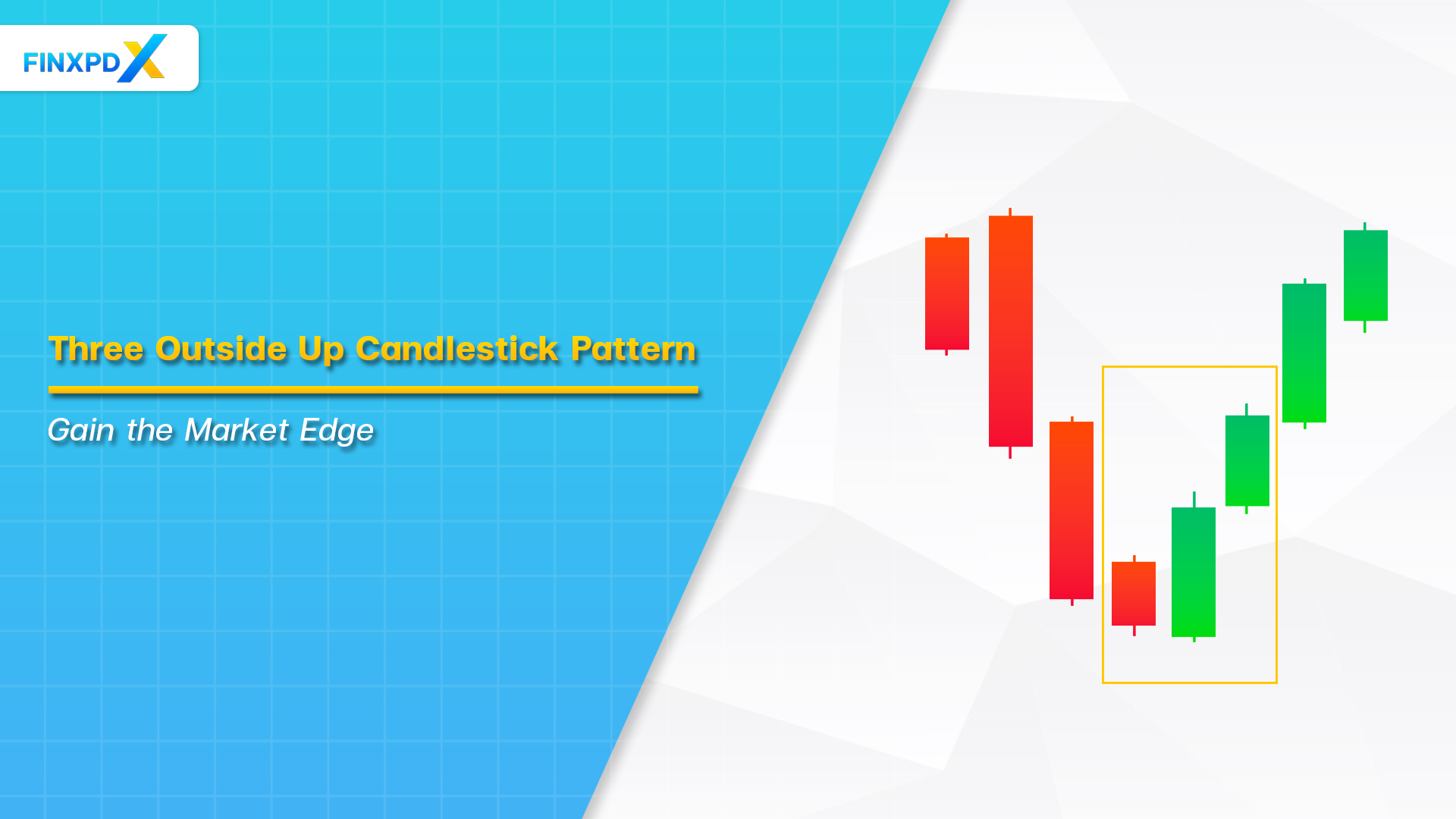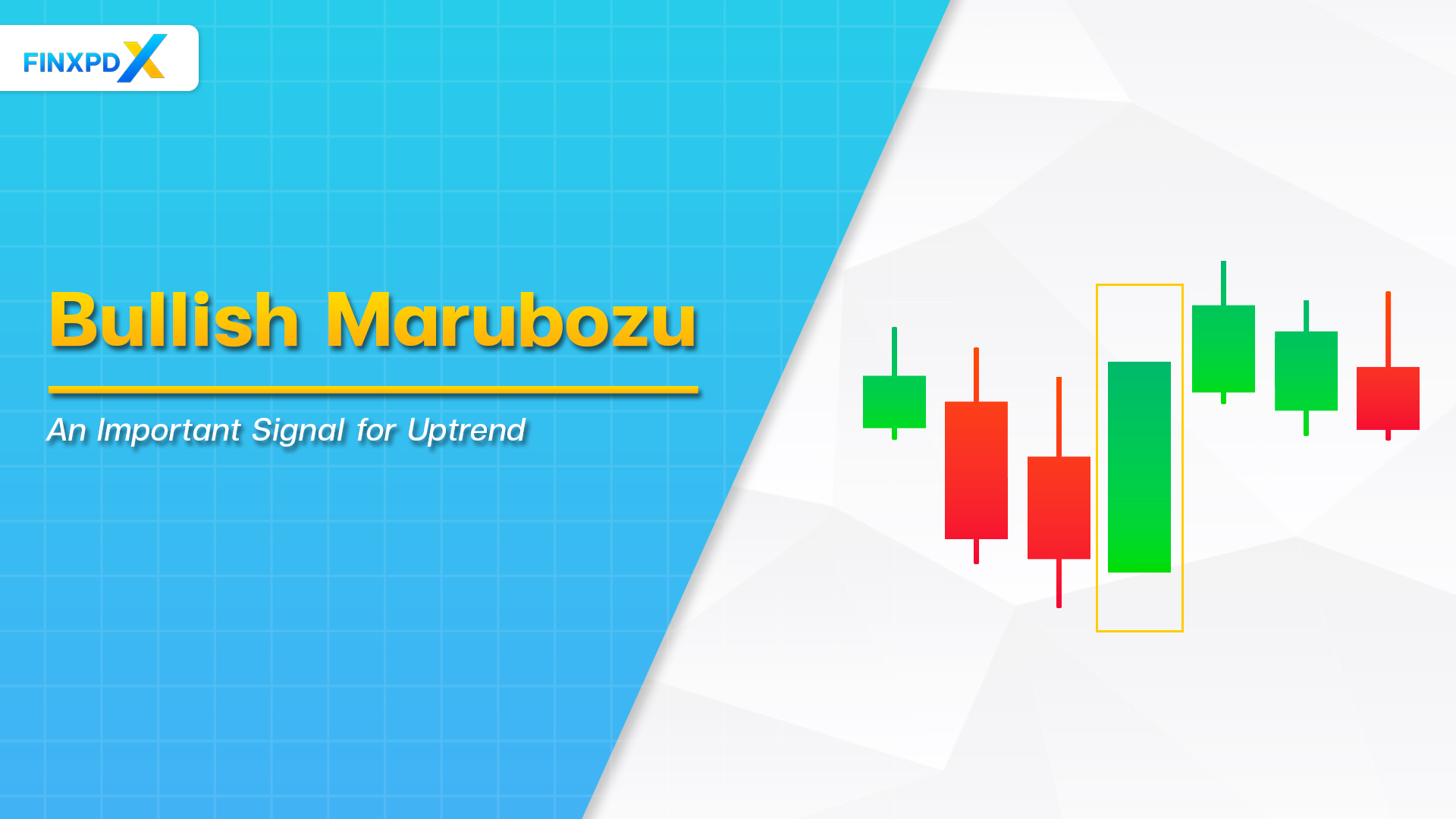In the ever-changing landscape of financial markets, traders continually seek tools to make informed decisions. One such invaluable tool is the candlestick chart, a cornerstone in trading strategies that offers a nuanced understanding of market trends and investor behavior. In this article, we will delve into bullish candlestick patterns and explore key formations.
What Are Bullish Candlestick Patterns?
Bullish candlestick patterns are essentially a graphical representation of a financial market’s positive momentum. It’s a signal that buyers are in control, pushing the price of a stock or other asset higher. These patterns are a cornerstone in the field of technical analysis, which traders use to predict future price movements based on historical data.
A standard bullish candlestick is composed of a “body” and “wicks.” The body represents the range between the opening and closing prices for a specific time period, usually a day. The wicks, or “shadows,” indicate the highest and lowest prices reached during that time.
When the body is green or white, it signifies that the closing price was higher than the opening price, confirming a bullish sentiment.
Key Takeaways
- Bullish candlestick patterns are graphical indicators of positive market momentum, signaling that buyers are in control.
- Candlestick charts use four key data points: opening price, closing price, highest price, and lowest price.
- A green or white body indicates a bullish sentiment, where the closing price is higher than the opening price.
How To Read a Single Candlestick
A candlestick chart uses 4 key data points to show a day’s stock trading activity: the opening price, closing price, highest price, and lowest price. The color of the central rectangle, known as the “real body,” reveals whether the stock gained or lost value. If the closing price is lower than the opening, the candlestick will be black or filled, signaling increased selling pressure.
On the opposite, a white or hollow candlestick suggests the stock’s value rose, indicating strong buying activity, which is a bullish sign. The lines extending from each end of the candlestick, called “shadows,” show the day’s price range, with the upper and lower shadows representing the highest and lowest prices, respectively.
5 Most Popular Bullish Candlestick Patterns
1. The Hammer or the Inverted Hammer

The Hammer is when a candlestick chart has been on a downward slide. The emergence of a Hammer candlestick can signal a shift towards a bullish trend. This pattern, characterized by a short body and a long lower shadow, suggests that although sellers pushed prices down during the trading session, strong buying activity lifted the closing price.
However, it’s crucial to monitor the stock for a few more days to confirm that the trend has indeed reversed before jumping on the bullish bandwagon. A noticeable increase in trading volume can also serve as a clue that the tide is turning.
2. The Bullish Engulfing

The Bullish Engulfing Candlestick is a two-candle pattern that signals a potential reversal from a downtrend to a bullish trend. In this pattern, the second candle completely “swallows” the first one, regardless of the length of their tails. It starts with a black candle, followed by a larger, hollow white candle. On the second day, the price initially dips below the previous low but then surges due to strong buying pressure, eclipsing the high of the first candle.
This is a clear win for the buyers. When the price surpasses the high of the second, engulfing candle, it’s generally a good time to go long, as this confirms the reversal of the downtrend.
3. The Piercing Line

The Piercing Line is similar to the engulfing pattern is another two-candle formation that signals a potential shift from a bearish to a bullish trend. This pattern starts with a long black candle and is followed by a white candle that opens below the previous day’s closing price.
However, strong buying activity soon pushes the price up, usually covering at least half of the black candle’s body. This indicates a likely reversal in the downtrend, thanks to the mounting buying pressure.
4. The Morning Star

The Morning Star pattern can be a glimmer of optimism in a bleak downtrend. This three-candle formation consists of a long black candle, followed by a small candle—either a doji or a spinning top—and then a long white candle.
The small candle’s color doesn’t matter, and its body doesn’t overlap with the preceding black candle, hinting at a reduction in selling pressure. When the third white candle overlaps with the body of the first black candle, especially if trading volume is high, it’s a strong sign that buyers are back in control and a bullish reversal is underway.
5. The Three White Soldiers

The Three White Soldiers pattern usually shows up after a downtrend or during a flat market. It features three long white candles, each closing higher than the last. Every candle opens above its predecessor and closes near its daily peak, signaling a steady rise in buying interest.
However, investors should exercise caution if they notice the white candles are exceptionally long. This could attract short sellers, potentially driving the stock price back down.
⚠️ Tip: Be cautious if a bullish pattern features exceptionally long white candles, as it may attract short sellers.
Benefits of Recognizing Bullish Candlestick Patterns
Recognizing bullish candlestick patterns in finance and forex trading offers these key advantages:
Informed Decisions
When you can identify bullish candlestick patterns, you gain insight into potential market reversals.
Risk Management
By recognizing these patterns, you can set effective stop-loss and take-profit levels for better risk control.
Confirm Trends
These patterns act as a confirmation of trend reversals, avoiding premature trades.
Precise Entries
Timing is everything in trading, and recognizing patterns of candlestick chart can help you pinpoint entry points with greater accuracy.
Boost Confidence
Beyond the technical aspects, recognizing these patterns can boost your confidence as a trader. Having a clear signal of positive market sentiment can make you a more disciplined and less emotional trader.
Conclusion
Bullish candlestick patterns offer invaluable insights into market trends and investor behavior, serving as critical tools in trading strategies. They not only help to identify shifts in market sentiment but also provide an understanding of buying and selling pressures.
However, it’s crucial to remember that while these patterns can be highly indicative, they are not foolproof. Investors should use them in conjunction with other forms of analysis and always look for additional confirmation before making a trading decision.
A bullish candle indicates rising prices, usually with a green or white body showing the closing price was higher than the opening.
Common bullish patterns include the hammer, bullish engulfing, piercing line, and morning star.
The Bullish Engulfing and Morning Star patterns are often considered reliable for indicating a bullish reversal.
They show shifts in buying and selling pressures, helping traders gauge market sentiment for informed trading decisions.
Related Articles:
Read more: Forex








